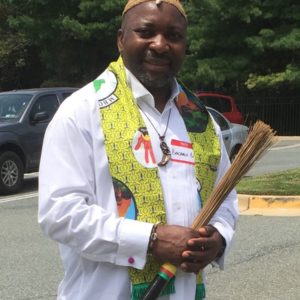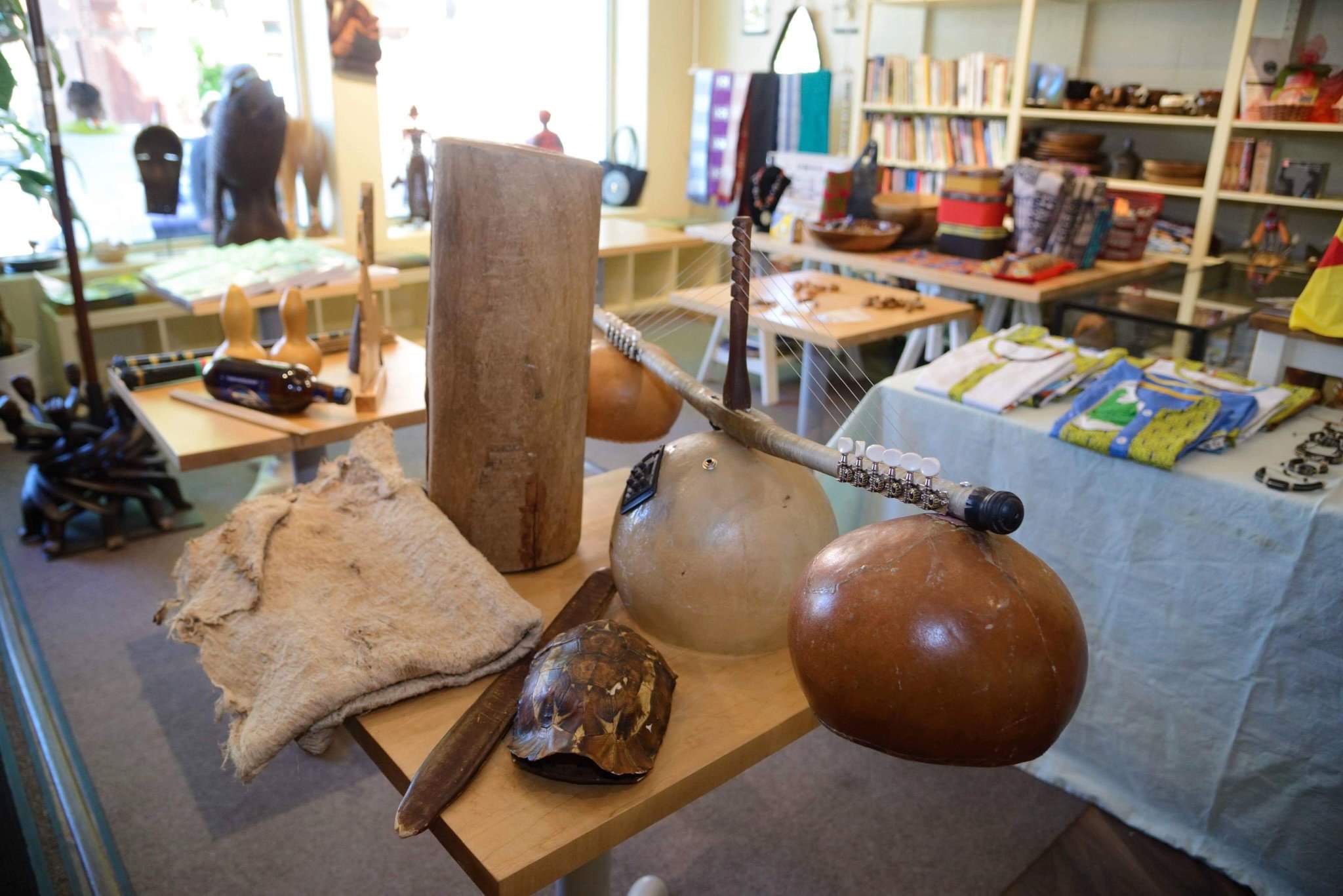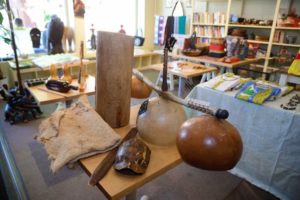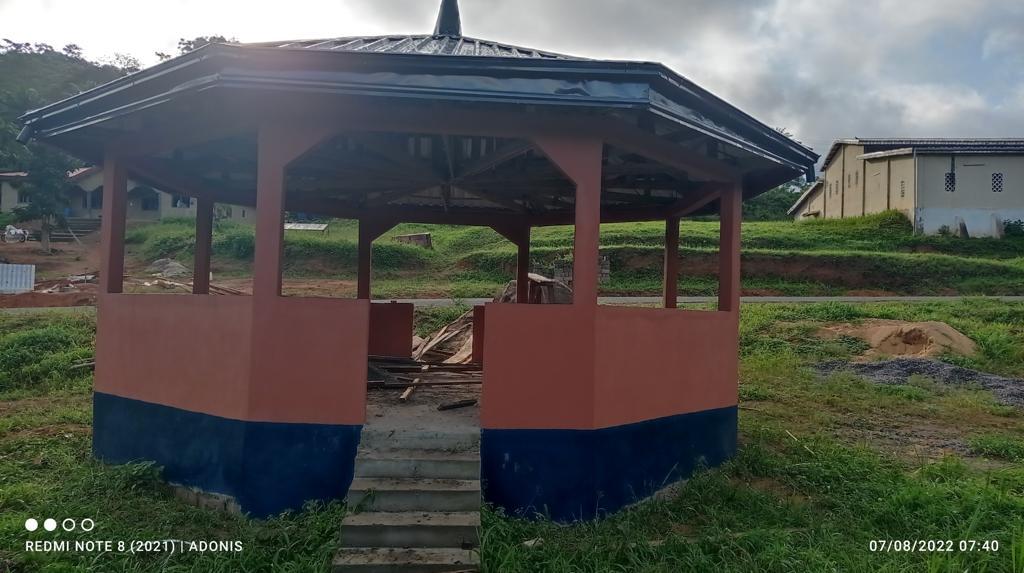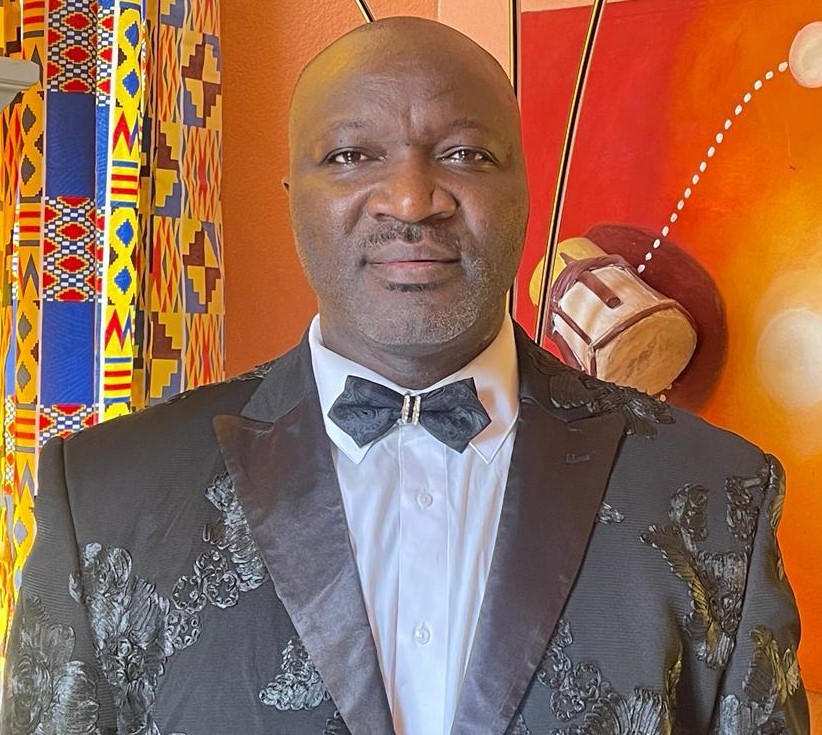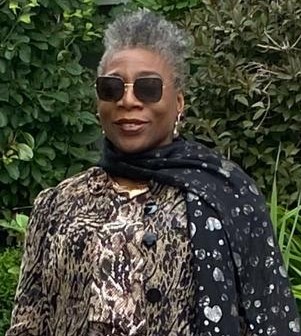Tracking the passing of time is central to the life of all societies. Through a review of the terms used in the MBANG-NGUÉLÈ family of languages (BATI for the MBÈNÈ language or MBITI for the BISSO’O language), to express periods, sequences, concomitances and intervals of time, we can develop a good understanding of the calendar used by the ancient societies of BASSA’A MPO’O BATI to carry out within specific timeframes a number of important activities including in agriculture, medicine, spirituality, funerals and architecture. This calendar is tightly linked to the cycles of the sun and the moon.
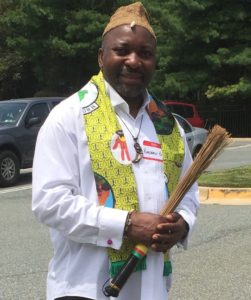
While you find terms to designate classical periods of time such as a year, a day or night, you also find terms for other time measurements similar to what was used in ancient civilizations before the Christian era, such as the lunar cycle instead of months or a five-day week similar to the one used by the DOGONS of Mali. The day starts at sunrise and ends at the next sunrise. Seasons are identified by periods corresponding to when different types of activities are carried out: clearing period, harvesting period, etc.
MPOUAG: designates a year. It is the time period between two similar seasons. For instance, the interval of time between two harvesting periods. This represents a complete revolution of the earth around the sun. A year is not formed by 12 consecutives moons.
NGUIKOLA: designates a period or season. The designation of periods is based on agricultural activities: MAFOUG (harvesting period), MATÈM (clearing period), MPOSSÉ (period of dense fog), etc.
NGUÈL (the moon). A moon time period is delimited by consecutive appearances of the moon. The moon is a symbol of the mystery of procreation and is exclusively reserved to women.
A week has five days: TIMBÈ, BITOMBNÈ, FILÈ, SOLÈ, BISOMBÈ. Days are associated to medical and cultural calendars. Each day corresponds to a particular cult: NKOO’L, NGUÉLÈ, LOUMÈ, NZAGOUMBA, MBOG. Each cult has its musical rhythms, dance, costumes, accessories, etc. Participation to the cult is usually reserved to a certain category of population, which, depends on the cult. The first day of the week starts with the cult reserved to women and their mysteries. Some medical treatments can only be performed on some designated days of the week depending on the type of the ailment.
NÔO A full day is designated by the term “sleep”. It starts at sunrise and ends at the next sunrise. Days are counted by the number of nights. For instance two to three days is MPOOL’A MBAND tôni MPOOL’A TAAT, which literally translates to “two to three nights”.
NI NZÉL, NI MPWOUO’S : These two expressions mean morning. The first rooster crowing marks the end of the night and the imminence of sunrise.
TOUTOU: means early morning. It corresponds to sunrise.
NI NTOOL, GUI SENDÈ: These expressions mean afternoon
NI MPOOL: The night
KARÉ MPOOL: Middle of the night
All activities are to be carried out at specific moments or periods, which, are designated by specific terms. Participation to various community activities allows to educate members of the society about the respect of traditions’ calendars.
With the authorization of the “Circle of traditions keepers” of the BATI Canton in Cameroon
